Are you wasting your ad budget on the wrong audience? If your paid ads aren’t reaching the right people, you could be missing out on valuable leads and sales. But with the right targeting strategy, you can stretch your advertising budget and drive better results.
In this guide, we’ll show you how to use precise audience targeting to ensure your ads are seen by the people most likely to convert. Let’s dive in and help you get more bang for your buck!
Table of Contents
Why Targeting is Key to Paid Advertising Success
Targeting is one of the most critical factors in the success of any paid advertising campaign. If you’re not targeting the right audience, even the best-designed ads can fall flat. Without precise targeting, your ads may reach uninterested users, leading to wasted clicks, a low return on investment (ROI), and underwhelming results.
By honing in on the right audience, you can ensure that your ads are reaching people who are already interested in what you offer—leading to more conversions and a more efficient use of your budget.
For more insights into improving the success of your paid ads, check out Paid Ads vs. Organic Marketing: Which is Best for Your Business?
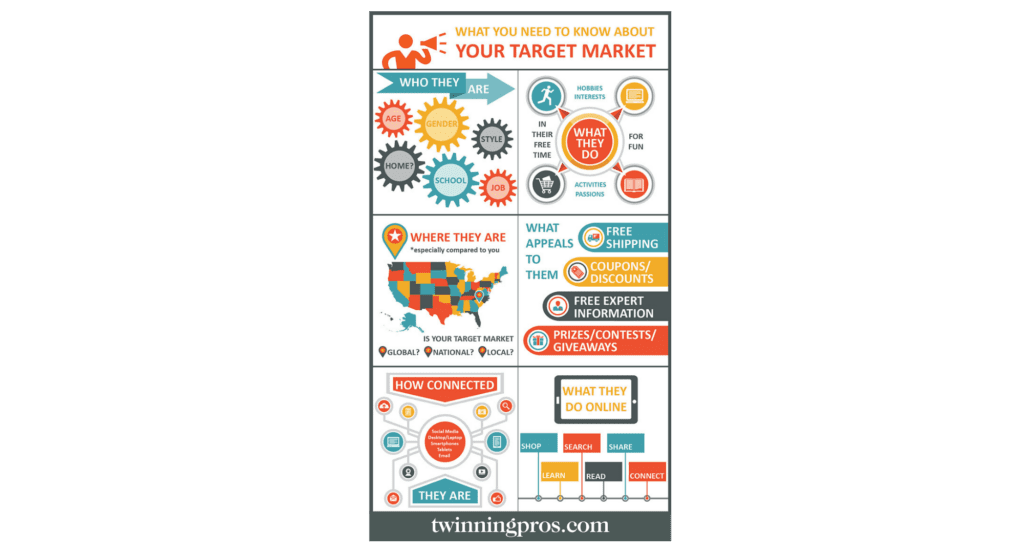
Types of Targeting Options in Paid Advertising
To get the best results from your ad campaigns, you need to know the various targeting options available across platforms like Google Ads and Facebook Ads. Here are some key targeting options to consider:
Demographic Targeting
Demographic targeting allows you to reach users based on key factors such as age, gender, income level, location, and education. This is a great starting point for narrowing down your audience to those who align with your ideal customer profile.
Example: If you’re a children’s clothing brand, you can target parents aged 25-45 with household incomes over $75K, ensuring your ads reach the people most likely to buy.
Interest-Based Targeting
Interest-based targeting lets you reach users who have shown interest in specific hobbies, activities, or industries. This type of targeting is especially useful for businesses selling niche products or services.
Example: If you sell fitness supplements, you can use Facebook Ads to target users interested in health, fitness, and nutrition.
To learn more about how interest-based targeting can help improve your Facebook ad campaigns, read Facebook Ads 101: How to Create Ads That Convert.
Behavioral Targeting
Behavioral targeting focuses on users’ past actions—such as websites they’ve visited, purchases they’ve made, or content they’ve engaged with. This helps you connect with people who have already demonstrated interest in your brand or similar offerings.
Example: Google Ads retargeting allows you to show ads to users who visited your website but didn’t make a purchase, giving you another chance to convert them.
To maximize your efforts, dive deeper into retargeting techniques with Getting Started with Google Ads: A Beginner’s Guide for Small Businesses.
Lookalike Audiences
Lookalike audiences are a powerful way to expand your reach by targeting people similar to your current customers. These audiences are built using data from your existing customer base to find new users who share similar traits and behaviors.
Example: Create a lookalike audience on Facebook Ads to target users who are similar to those who have already made a purchase on your website.
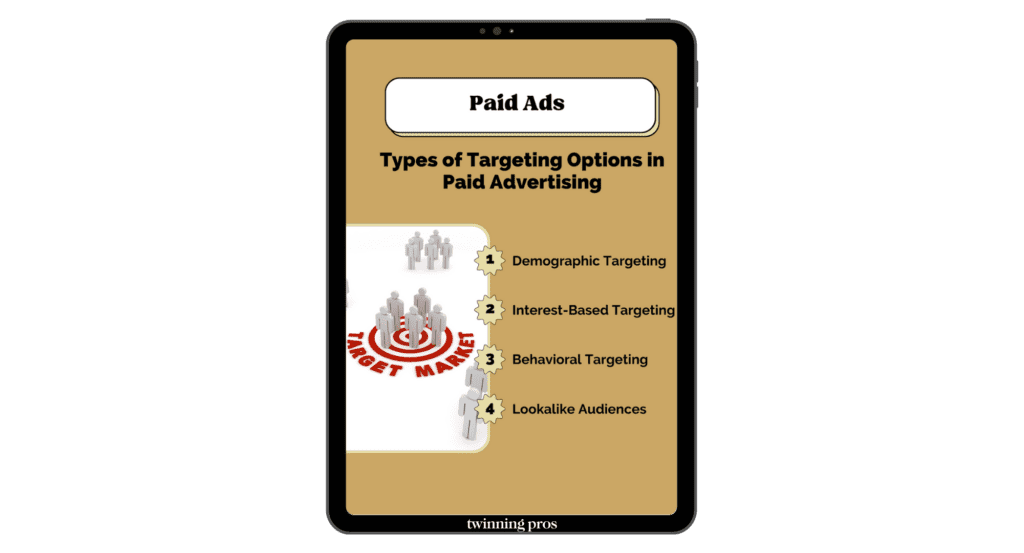
How to Refine Your Targeting Strategy to Maximize ROI
Once you understand the types of targeting available, it’s time to refine your strategy to get the most out of your ad spend.
Narrow Your Audience to Increase Relevance
Casting too wide of a net can lead to irrelevant clicks and wasted ad spend. By narrowing your audience, you’ll ensure your ads are reaching people who are more likely to engage and convert.
How to do it: Combine demographic, interest-based, and behavioral targeting to create a highly specific audience. For example, rather than targeting all adults aged 18-65, narrow it down to women aged 30-45 interested in sustainable fashion.
Use Retargeting to Capture Warm Leads
Retargeting is one of the most effective ways to convert users who have already shown interest in your brand. These “warm leads” are much more likely to convert than first-time visitors.
How to do it: Set up retargeting campaigns on Google Ads or Facebook Ads to reach users who visited your site but didn’t complete a purchase. You can incentivize them with a special offer to encourage conversion.
Example: Show a discount ad to users who abandoned their cart, reminding them of the items they left behind and offering a 10% discount to complete the purchase.
Leverage Custom Audiences for Precise Targeting
Custom audiences allow you to target specific users based on data you already have, such as email lists or past customer information. This lets you create highly relevant ads for people who are already familiar with your brand.
How to do it: Upload your customer email list to platforms like Facebook Ads and create custom campaigns that offer special promotions or incentives to your existing customers.
Example: Use a custom audience to send an exclusive loyalty discount to past customers, encouraging repeat purchases.
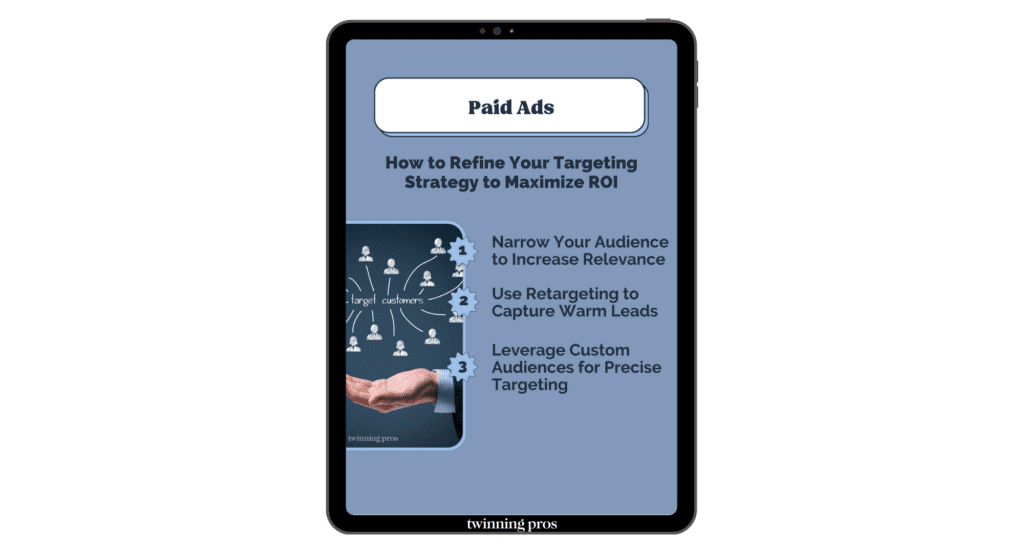
Best Practices for Optimizing Your Paid Advertising Budget
Getting the most out of your paid advertising budget requires constant testing and optimization. Here are a few tips to help you refine your targeting strategy and maximize ROI:
Start Small and Test Different Audiences
A/B testing is one of the best ways to determine which audience segments are driving the most results. Run small-scale campaigns to test different demographics, interests, or behaviors, and then scale up on the highest-performing audiences.
Example: Test one ad campaign targeting general fitness enthusiasts and another targeting yoga-specific users, then compare performance to see which audience converts at a higher rate.
Monitor Key Metrics and Adjust Targeting Regularly
Regularly monitoring your campaign’s performance is essential for ongoing success. Metrics like click-through rate (CTR), cost per click (CPC), and conversion rate can help you determine whether your targeting strategy is working or needs adjustment.
How to do it: If your CTR is low, consider refining your audience targeting or tweaking your ad copy to better match the interests and needs of your audience.
For additional strategies to track your ad campaigns, read Understanding User Behavior: How to Use Analytics to Improve Your Website.
Exclude Irrelevant Audiences (Negative Targeting)
Negative targeting helps you avoid wasting ad spend on users who are unlikely to convert. By excluding irrelevant audiences, you can focus your budget on the users who matter most.
How to do it: Identify behaviors or demographics that don’t align with your ideal customer and exclude those from your targeting. For example, exclude users under 18 if you’re selling high-ticket items that require purchasing power.
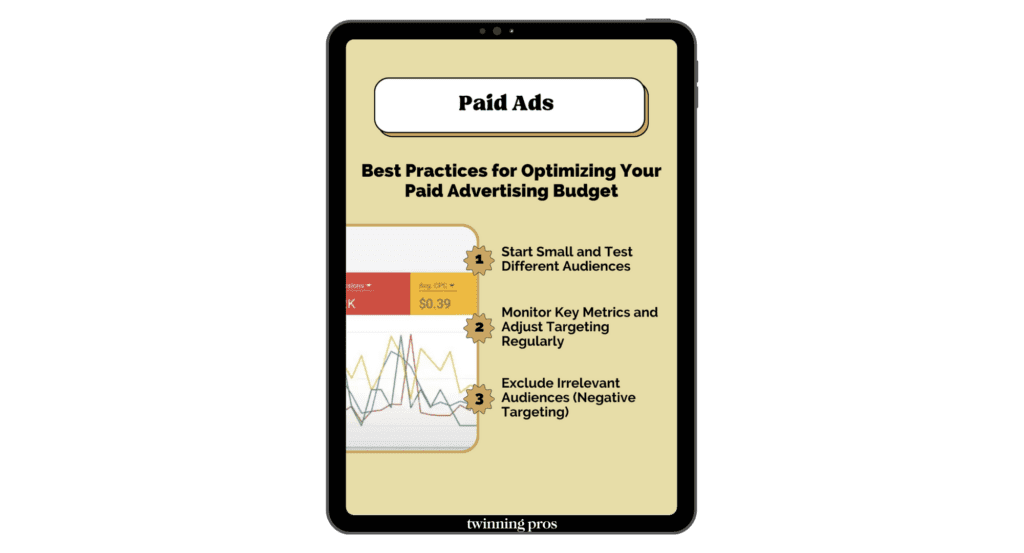
Tools and Platforms to Help Maximize Your Ad Targeting
There are many tools available to help you refine your targeting and maximize your paid advertising budget. Here are a few of the most effective platforms:
Google Ads Targeting Tools
Google Ads offers powerful targeting options, including keyword targeting, location targeting, and remarketing tools. Use Google’s Keyword Planner to find high-intent search terms, and leverage remarketing lists to target users who have visited your site before.
For a full breakdown of how to launch your Google Ads campaign, read Getting Started with Google Ads: A Beginner’s Guide for Small Businesses.
Facebook Ads Targeting Tools
Facebook Ads allows you to target users based on demographics, interests, behaviors, and custom audiences. Use Facebook’s Audience Insights to understand your audience better and create campaigns that target users with high conversion potential.
Related Reading: SEO and SEM: Boost Your Online Marketing Efforts
LinkedIn Ads for B2B Targeting
If you’re running a B2B business, LinkedIn Ads is a great platform for reaching professionals based on their job title, industry, and company size. You can use LinkedIn Ads to target decision-makers and key professionals in your niche.
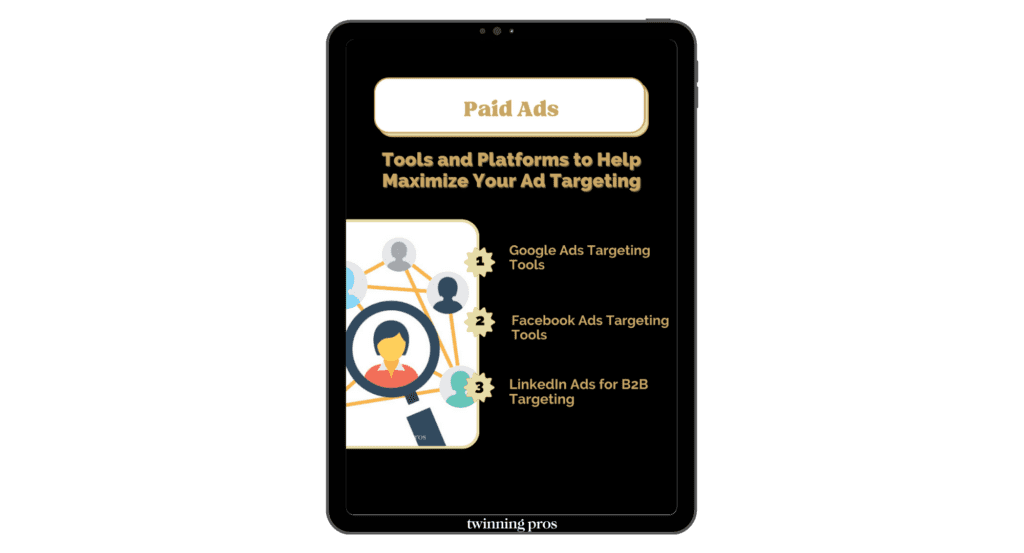
Conclusion: Start Maximizing Your Ad Budget with Effective Targeting
Effective targeting is the key to stretching your paid advertising budget further. By narrowing your audience, using retargeting, and regularly testing your campaigns, you can maximize your ROI and drive better results for your business.
Ready to take your paid advertising to the next level? Get in touch with Twinning Pros and discover how we can help you optimize your ad targeting for maximum impact and efficiency.
SEO for Beginners
Learn from the SEO Strategist who has 75+ first page Google rankings under her belt.
We’re marketing nerds and business strategists that have generated millions of dollars in client revenue. We're sharing the systems and strategies to help your growing business with marketing that actually converts.
We're Tiffany + Tabatha

Comments